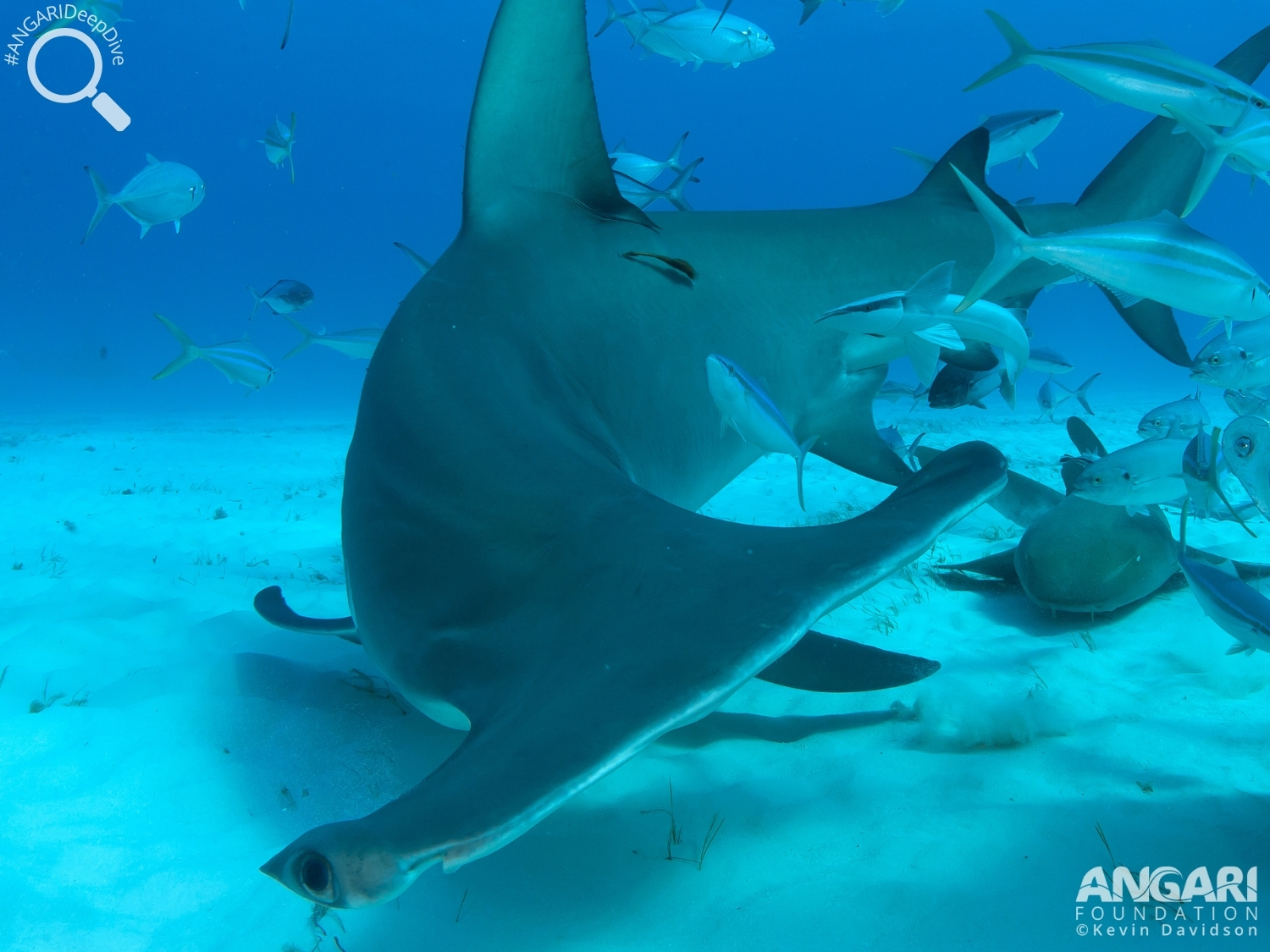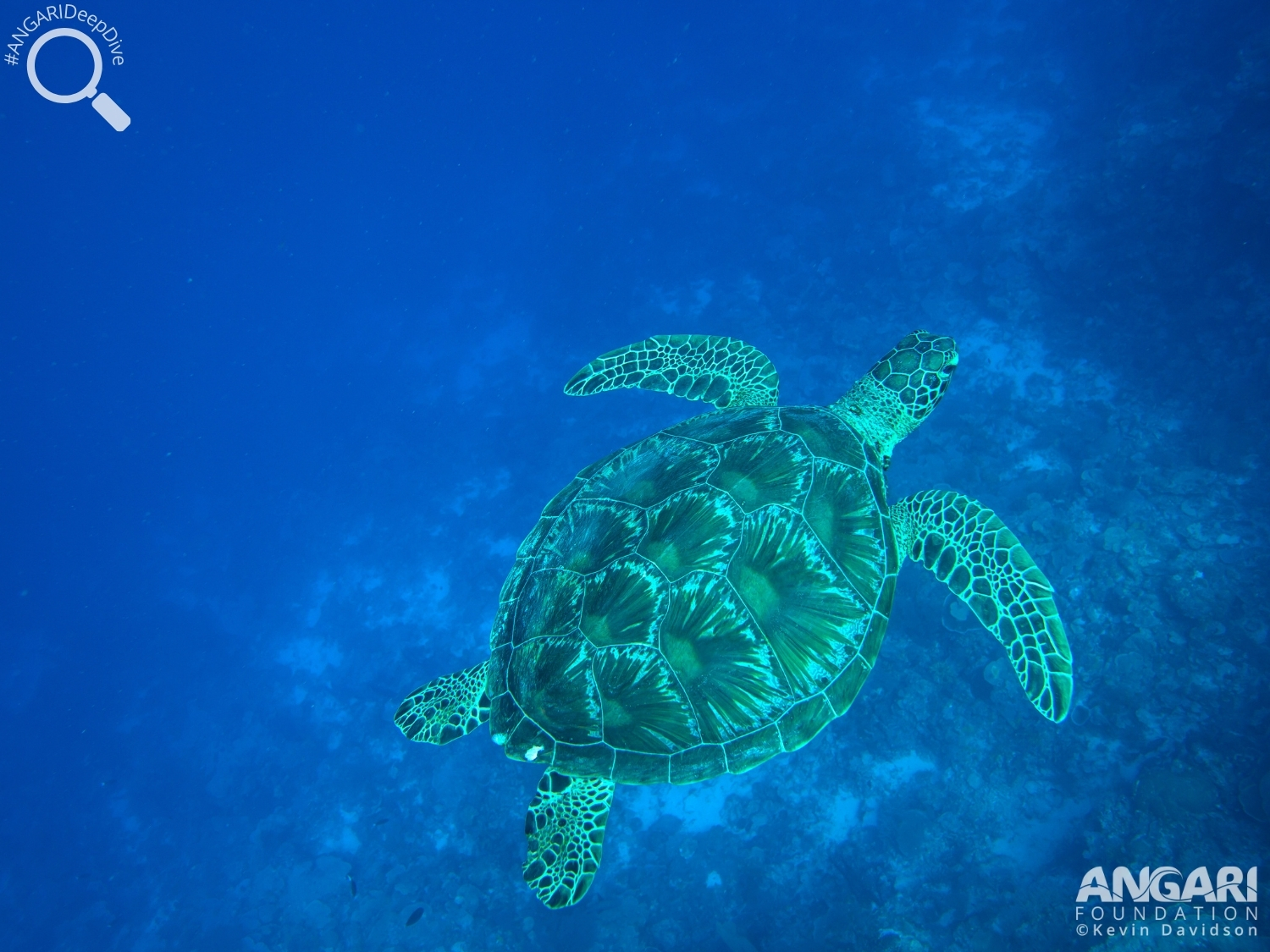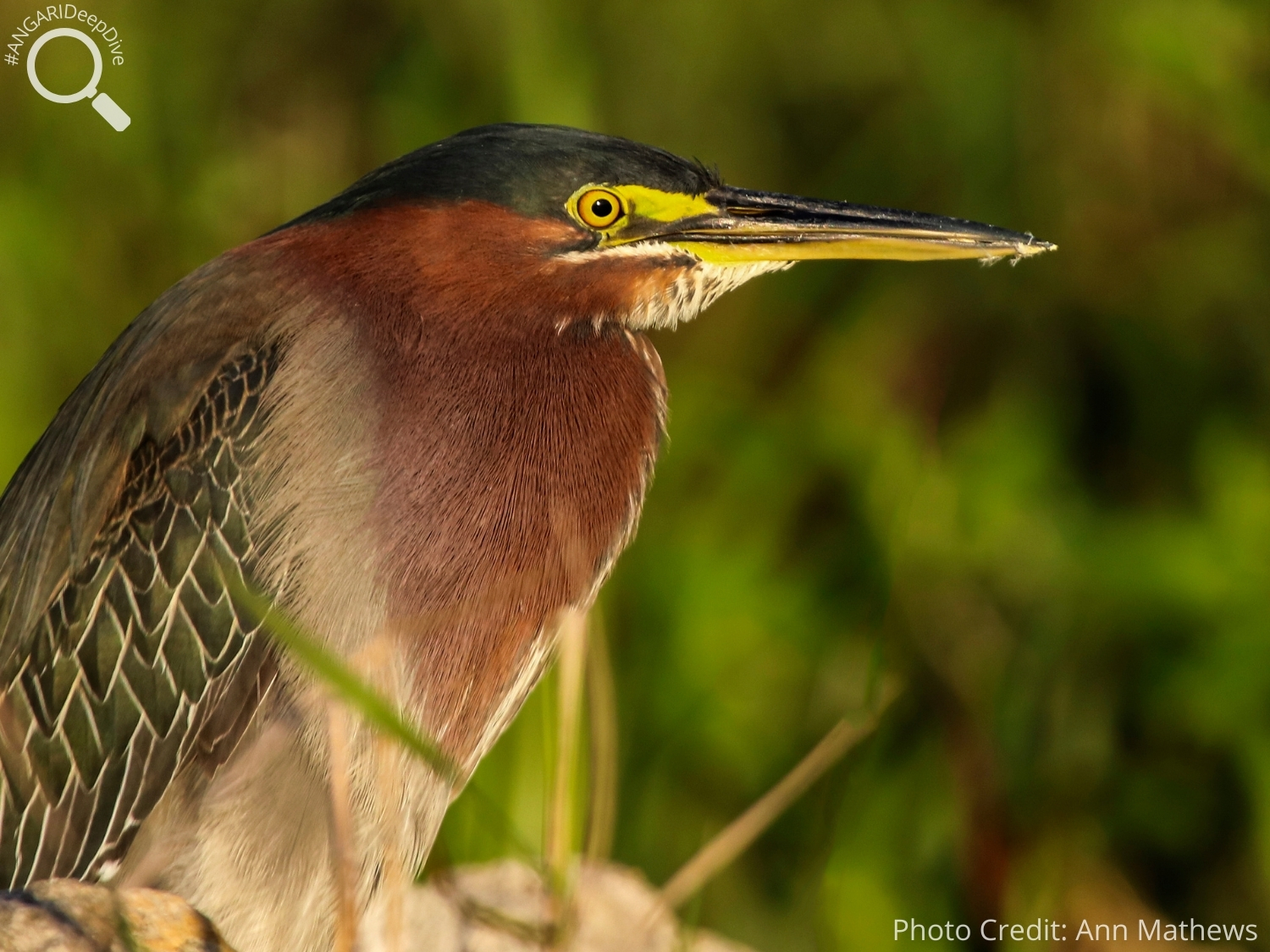The great hammerhead shark (Sphyrna mokarran) is an apex predator within the shark community and…
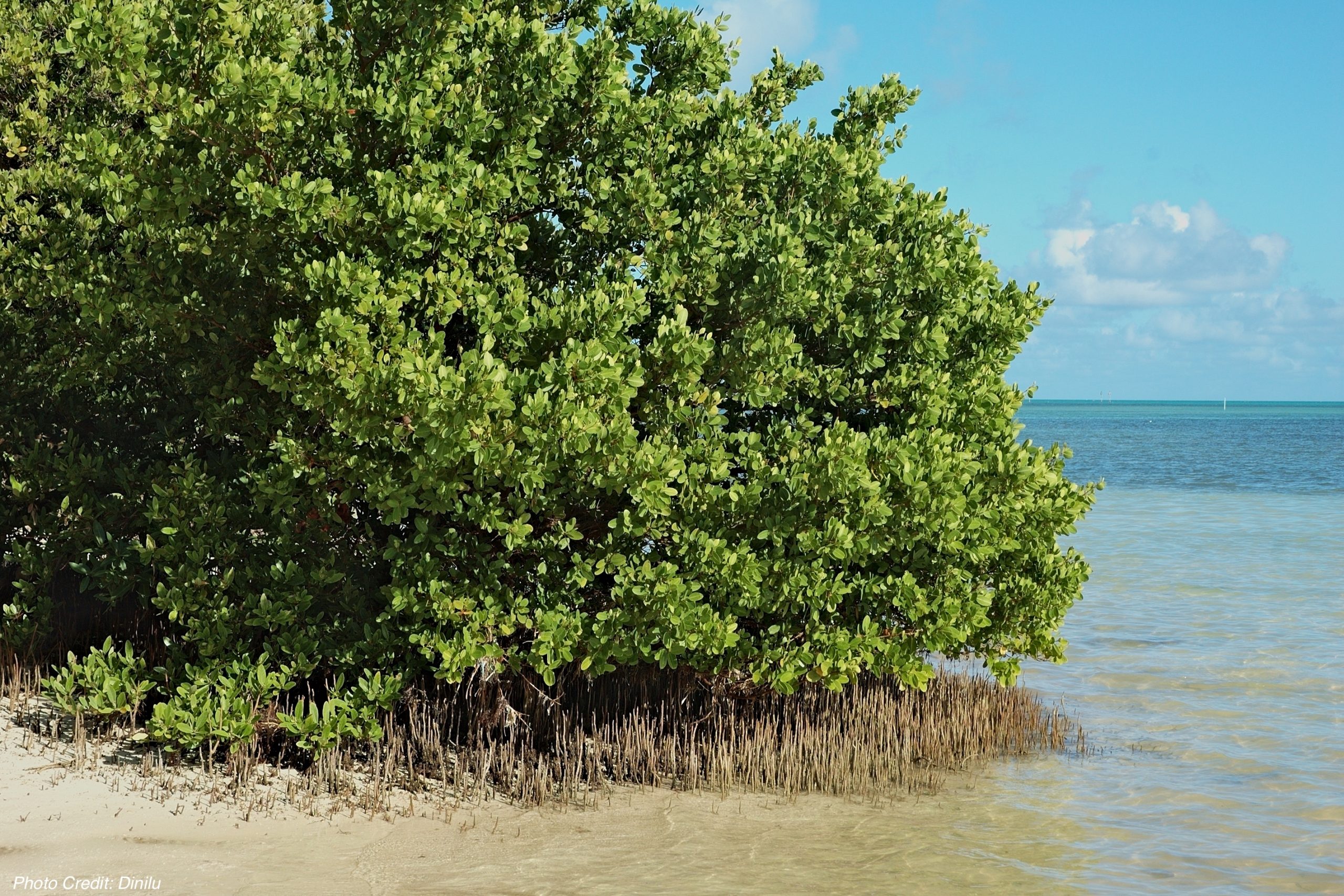
Black Mangrove (Avicennia germinans)
The black mangrove (Avicennia germinans) is a species of mangrove found in Western Africa and the Atlantic and Pacific Coasts of the Americas. It is an evergreen species that is located on coastlines and is identifiable by its specialized roots that stick up vertically through the ground as well as its leaves, which have a white hue due to salt excretion.
#1: Where can black mangroves be found?
The black mangrove is a species of mangrove that is native to Florida and many other places along tropical and subtropical coastlines. It is specially adapted for and found in saline environments.
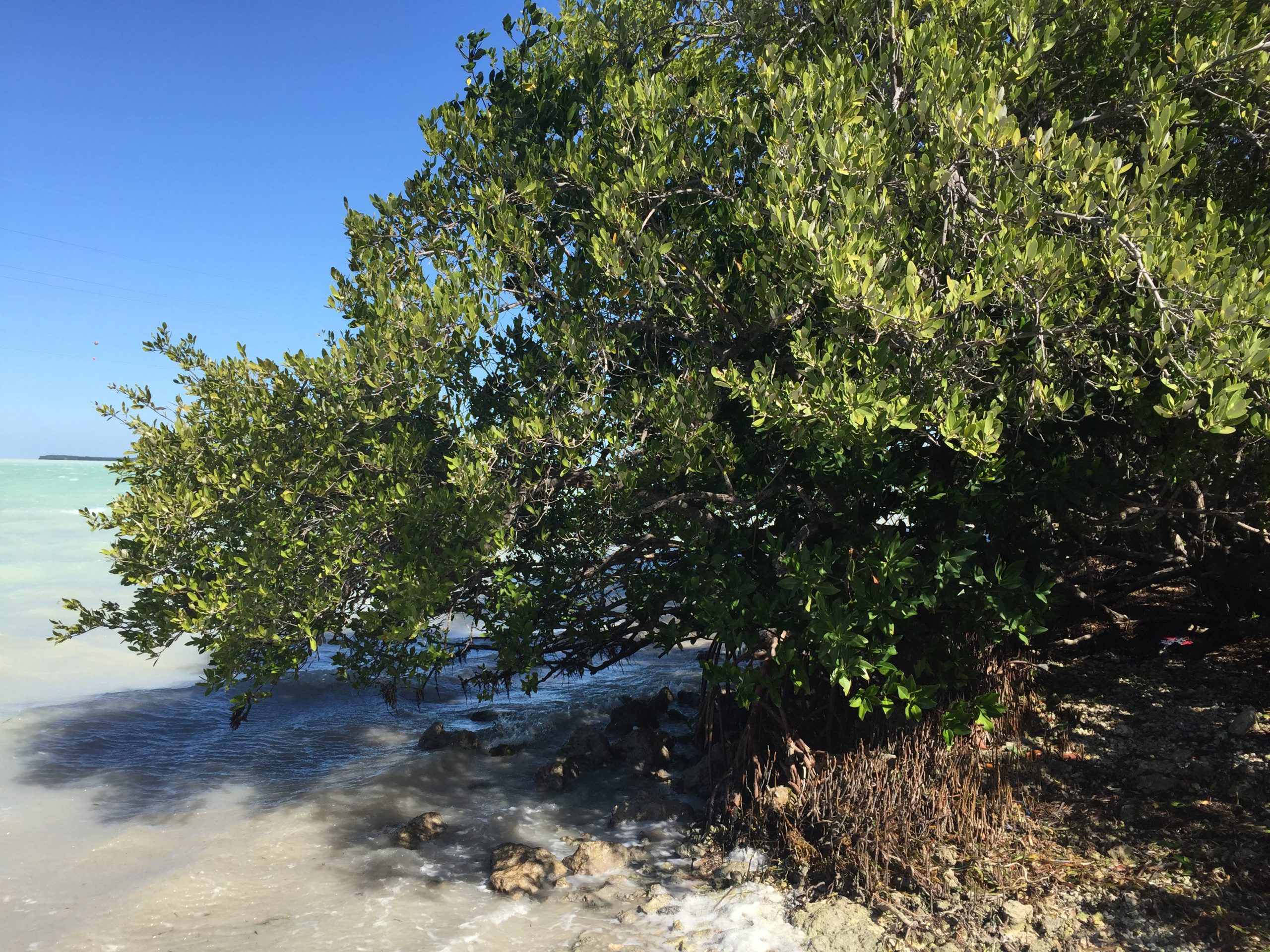
#2: How do black mangroves breathe underwater?
While humans may use a snorkel to breathe underwater, black mangroves produce specialized roots called pneumatophores, which grow vertically out of the soil and help the mangrove ‘breathe’ while the ground is submerged underwater.
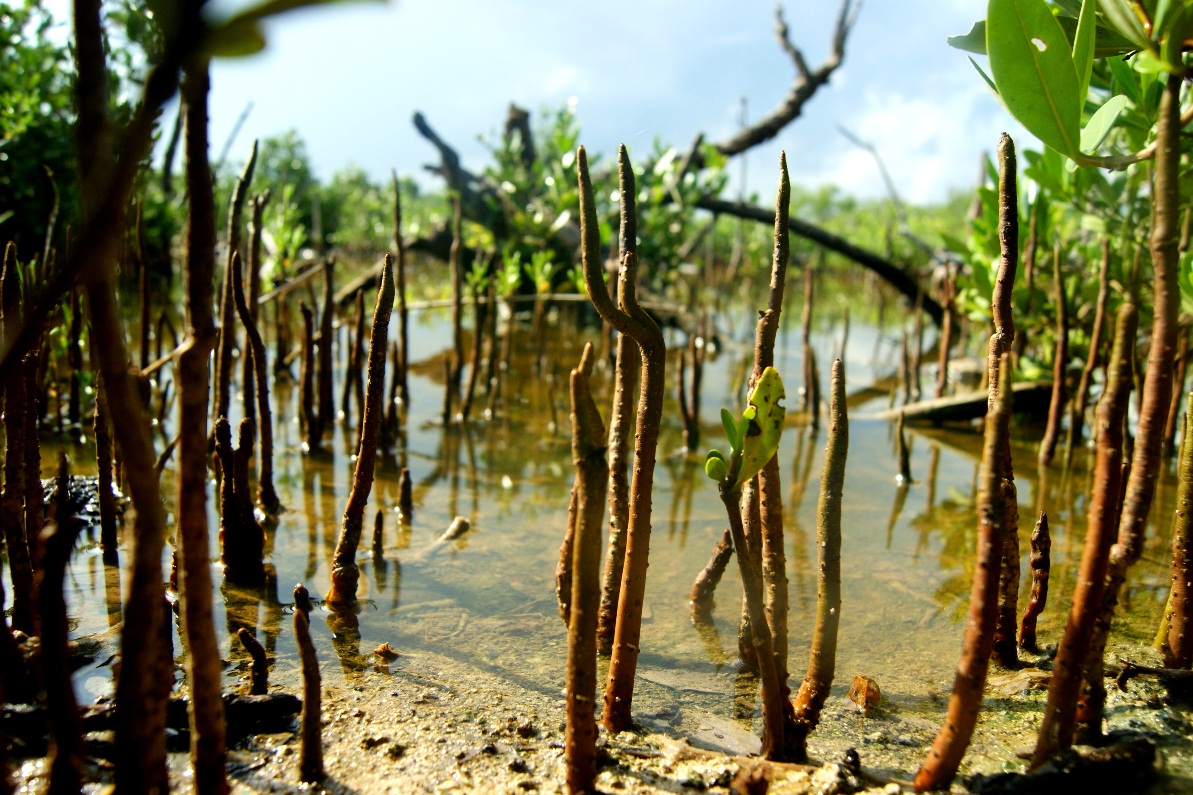
#3: How is the black mangrove adapted for its salty situation?
Mangroves have adapted to survive in harsh, saline environments, so black mangroves have created a way to use the surrounding saltwater and deal with the high levels of salt. The black mangrove has the ability to excrete the salt from the water and dispose of it through its leaves. This is evidenced by the salt crystals observed on black mangrove leaves.
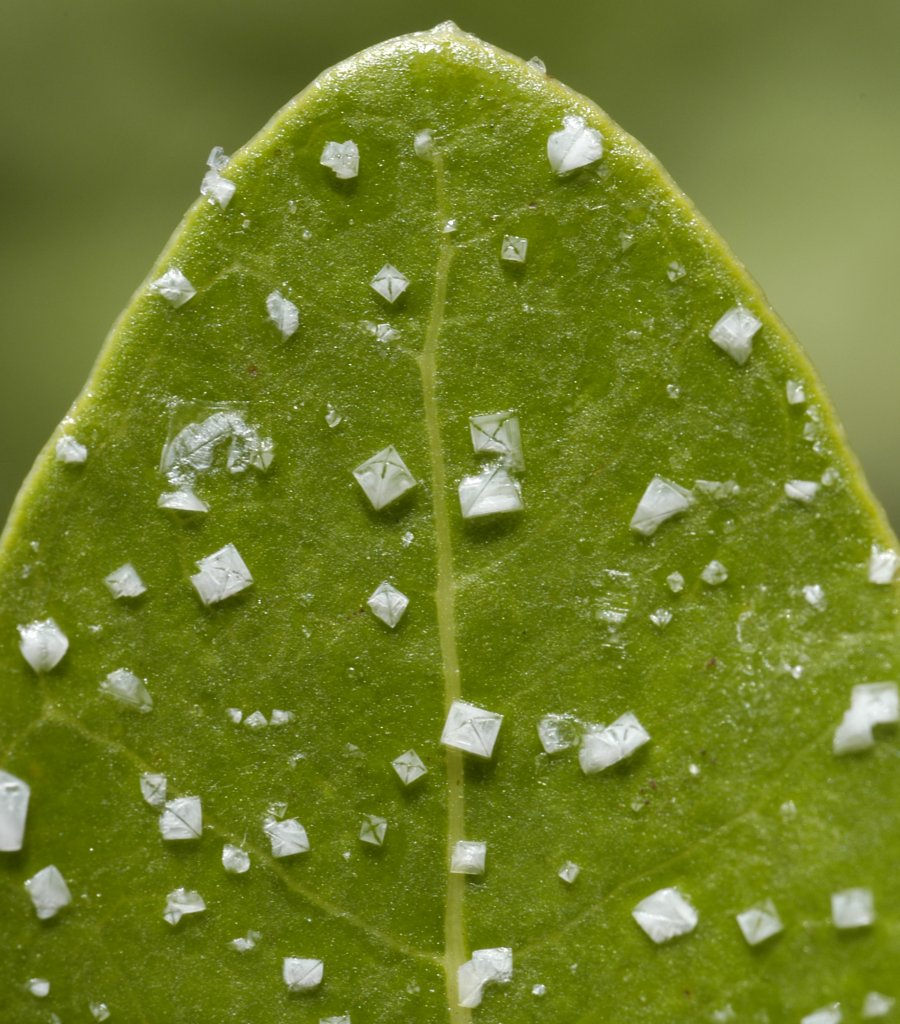
#4: The white flower of the black mangrove.
Black mangroves bloom fragrant white flowers mainly in the spring and summer months, but they can have them all year round.
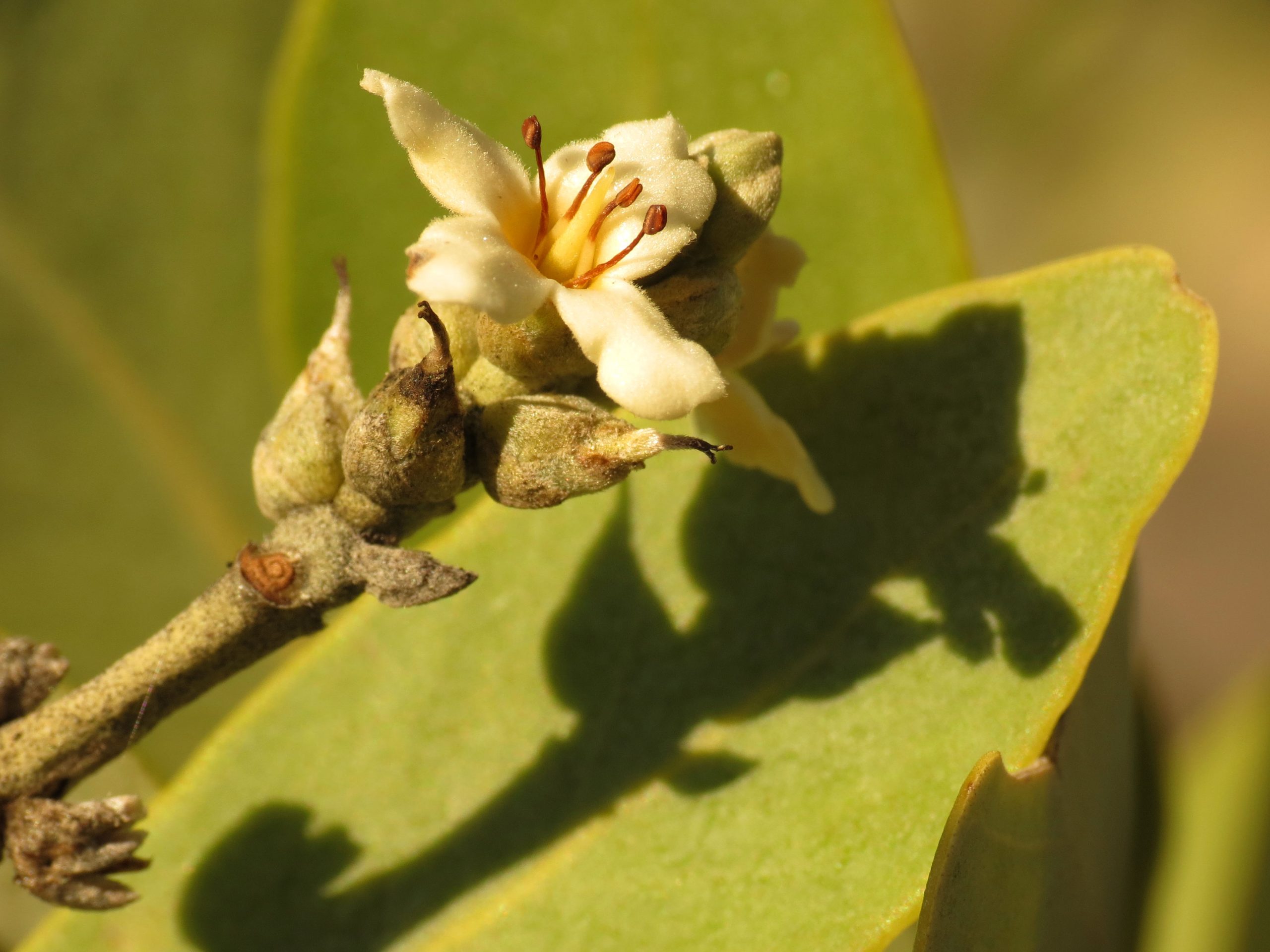
#5: Black mangrove seeds look for a suitable home.
Black mangroves produce green tear-dropped shaped seeds. When they fall off the tree, they float in the water and sprout when washed up on a suitable shoreline. Unlike other species of mangroves, black mangrove seeds cannot settle and grow in water.
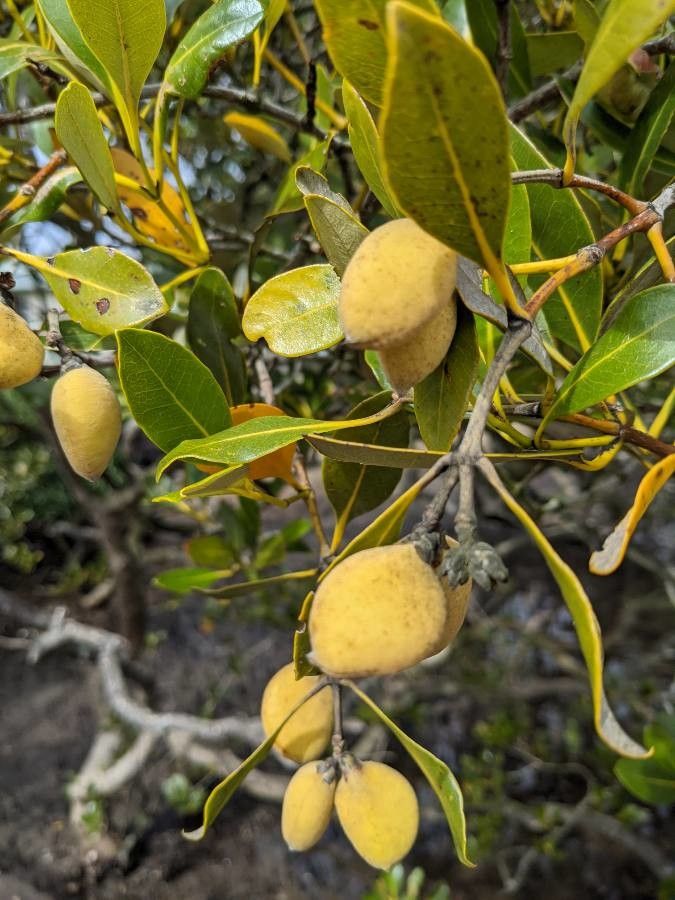
#6: How are black mangroves a nursery habitat?
Black mangroves provide a safe nursery habitat for juvenile marine species, specifically crustaceans and fish. The dead foliage from them also acts as a food source for many marine species in and around the mangroves. Additionally, black mangroves are known as a nesting habitat for many coastal birds including brown pelicans.
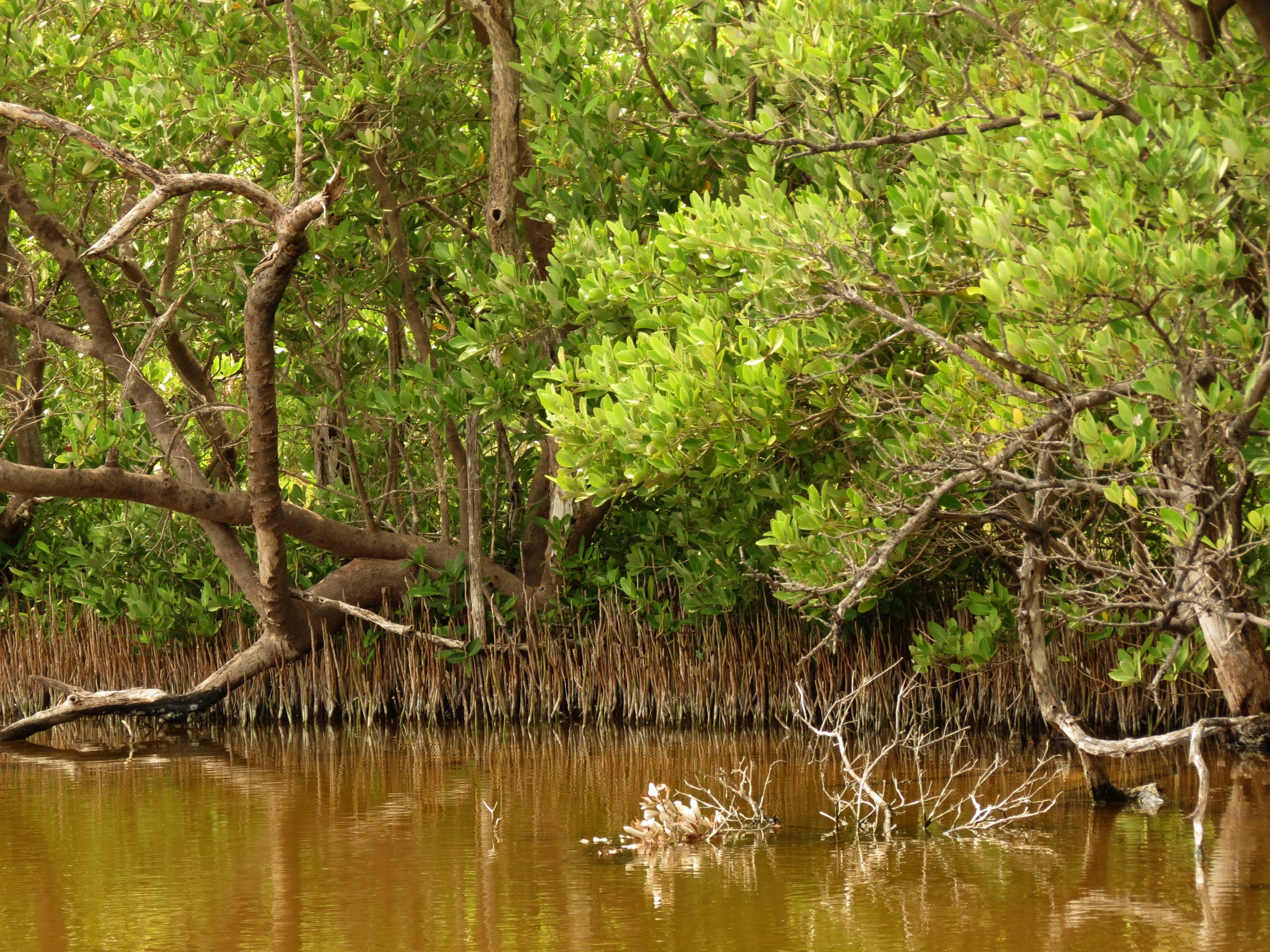
#7: Black mangroves provide many benefits.
The black mangrove has multiple benefits to both the environments they are found in and the people living in those areas. They are a great stabilizer and secure the sediment around them, reducing erosion. They also provide coastal protection from storm surges by reducing the energy of crashing waves.
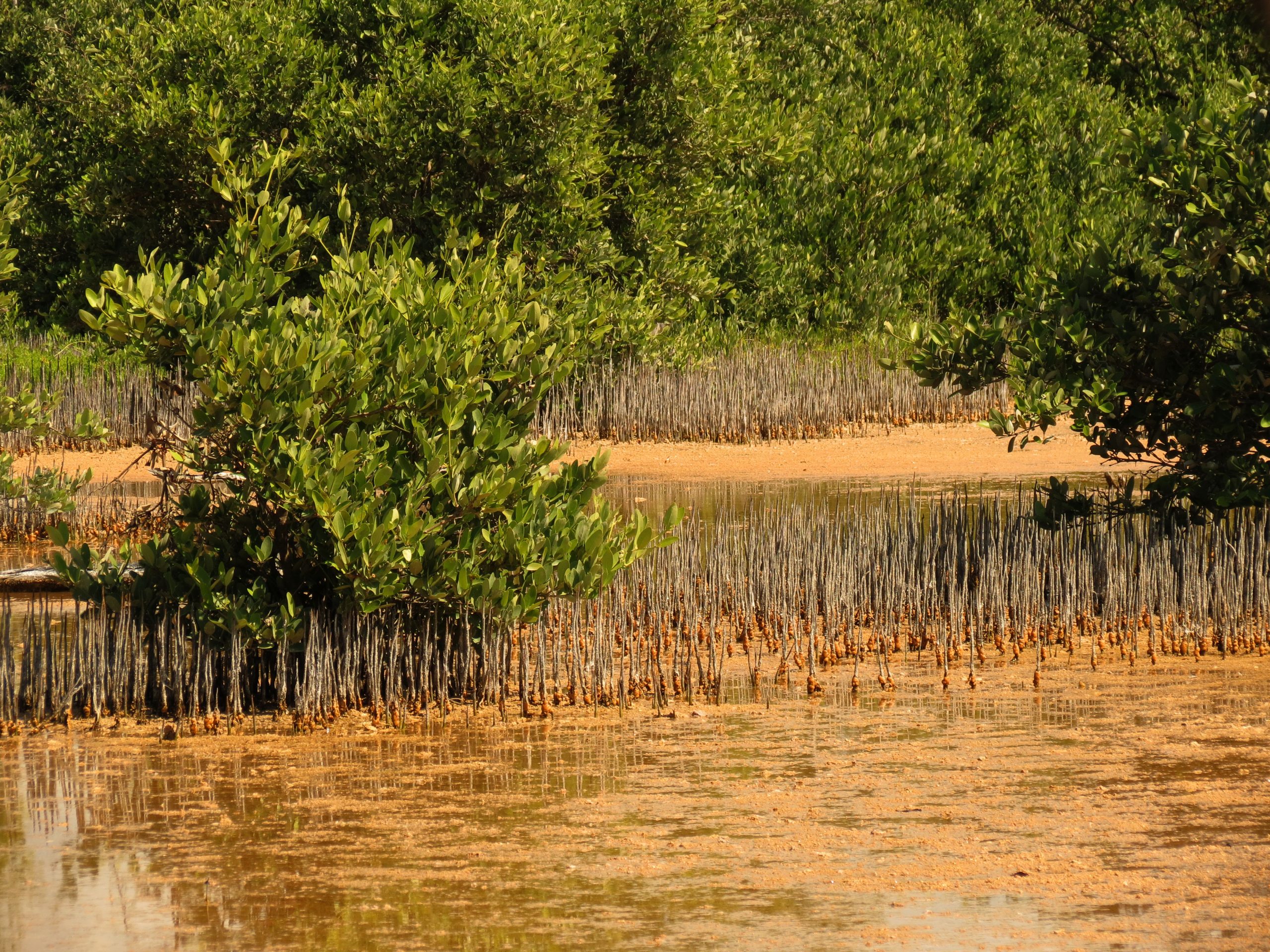
#8: Black mangrove honey anyone?
Black mangroves flowers attract a large variety of insects including pollinators. They are specifically a favorite of the honey mangrove bee, which results in them being a large supplier of mangrove honey.
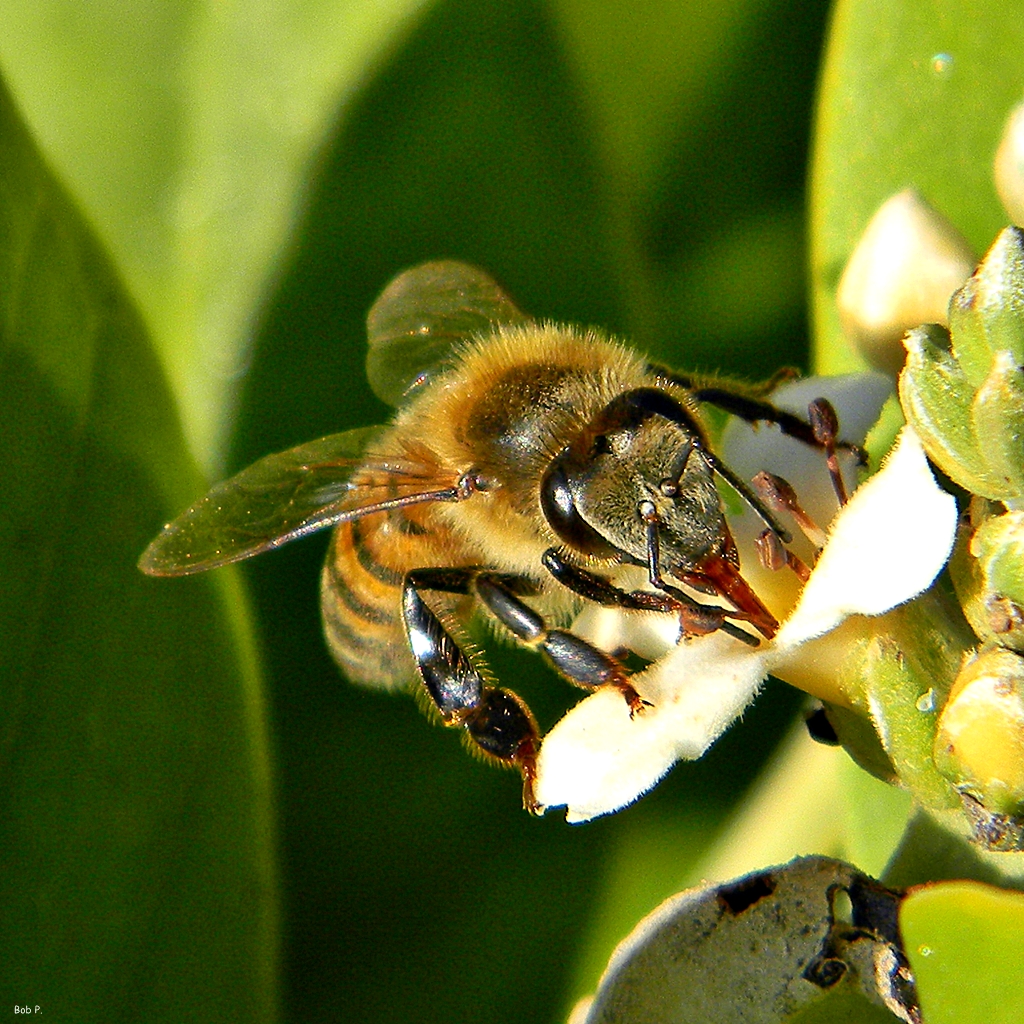
We have highlighted many ways that the black mangrove impacts our lives and contributes to the environments in which we live. One serious concern is declining mangrove populations due to agriculture and aquaculture encroaching on their natural habitats. Further, coastal development can significantly impede mangrove health, growth and reproduction, and oftentimes, mangrove trees are completely removed for seawalls and manmade structures. We need do what we can to help preserve and protect this species. Check out what mangrove restoration events exist in your area; it’ll be worth your time!
Additional Black Mangrove Resources:
1. Black Mangrove – IUCN
2. Avicennia Germinans, Black Mangrove – University of Florida
3. An Ecological Mystery Black Mangroves: Are They Good or Bad for Texas Coastal Wetlands? – Texas A&M University
at Galveston

